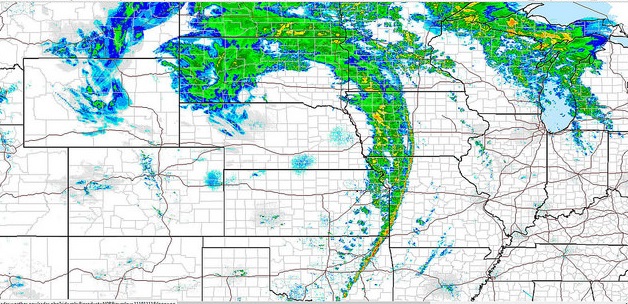
The Mesoscale and Convection-Allowing Model (Meso/CAM) Working Group charge is to create a convection-allowing ensemble-based data assimilation and forecast system for the 0-3 day range, based on the Finite Volume on a Cubed Sphere (FV3) dynamical core. Convection-allowing models allow us to begin to resolve the fine details within storm systems that are necessary for the accurate prediction of high-impact events such as tornadoes, flash floods, and winter weather. This development is a collaborative effort between NWS (NCEP/EMC), OAR (NSSL, ESRL/GSD, GFDL), and NCAR. Experience gained from the development of earlier operational and experimental CAM systems
such as GSD’s experimental version of the High Resolution Rapid Refresh (HRRR; an operational version runs at NCEP) and HRRR Ensemble (HRRRE), the North American Mesoscale Forecast System (NAM) nests from EMC, the NSSL Experimental Warn-on-Forecast
System for ensembles (NEWS-e), the NCAR experimental CAM ensemble, and GFDL’s FV3-based CAM efforts, will guide this project as
it evolves. The new operational system, is anticipated to be called the Rapid Refresh Forecast System (RRFS) and is slated for operations by FY2022. This would be based on the same dynamical core as the global model being implemented in January 2019 (FV3). The model would be driven by the Joint Effort for Data assimilation Integration (JEDI)-based CAM ensemble.
